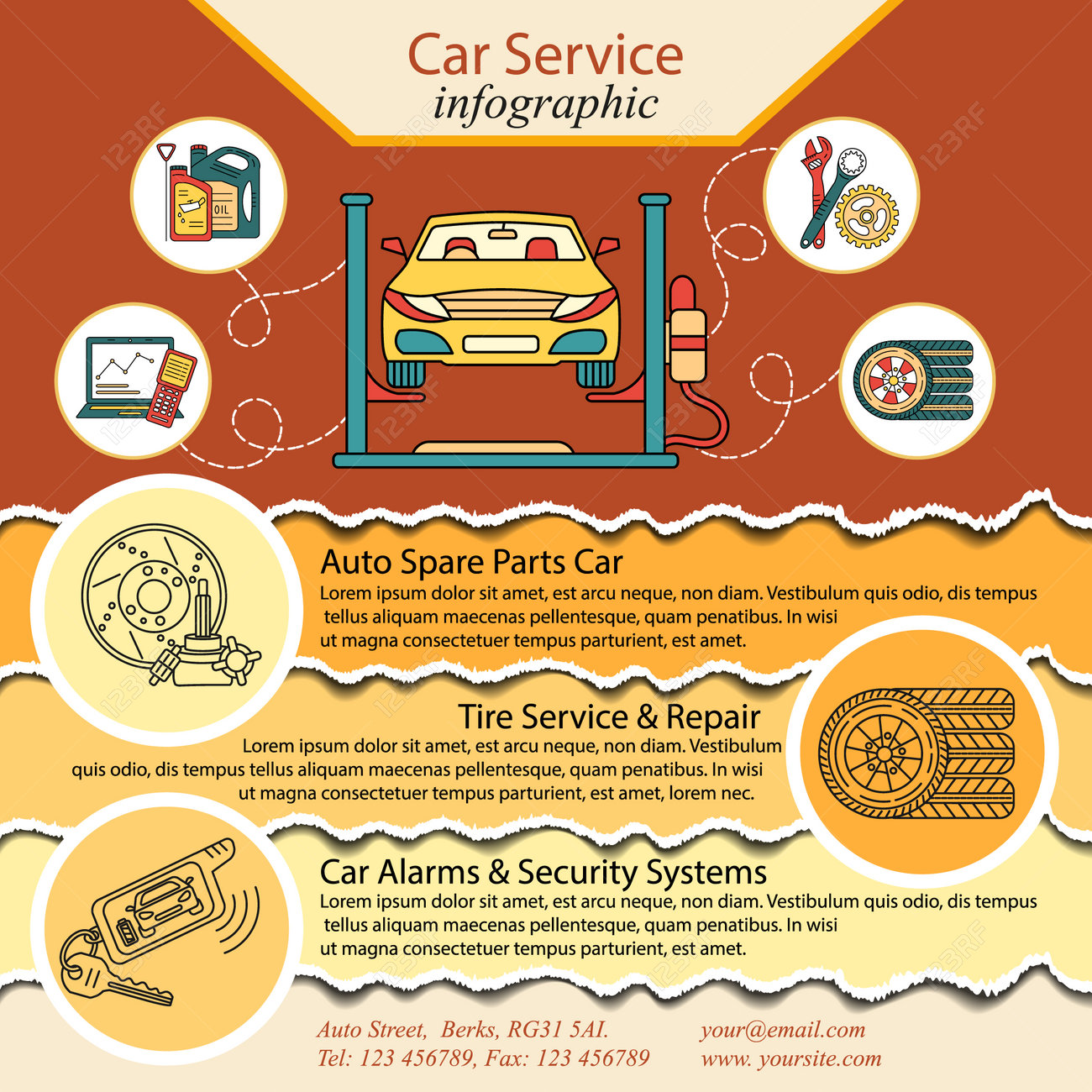Decoding Your Vehicle'S Caution Indicators: What They Really Symbolize
Decoding Your Vehicle'S Caution Indicators: What They Really Symbolize
Blog Article
Content Develop By-Lim Torres
When you're behind the wheel, those beautiful caution lights on your dashboard can be a bit difficult. Do you understand what they're trying to inform you concerning your vehicle's wellness? Understanding the importance of these lights is vital for your safety and security and the longevity of your car. So, the next time among those lights turns up, wouldn't you intend to analyze its message precisely and take the essential actions to resolve it?
Common Caution Lighting and Interpretations
Identify common caution lights in your car and understand their definitions to guarantee secure driving.
One of the most normal caution lights consist of the check engine light, which signals concerns with the engine or discharges system. If this light comes on, it's important to have your car checked immediately.
https://carbrakesnearme83837.wizzardsblog.com/29943283/a-methodical-treatment-for-refreshing-and-protecting-the-within-your-cars-and-truck cautioning light indicates low oil pressure, requiring prompt interest to prevent engine damage.
A blinking battery light may suggest a damaged billing system, potentially leaving you stranded if not addressed.
The tire pressure surveillance system (TPMS) light signals you to low tire stress, impacting automobile security and gas efficiency. Overlooking this can cause unsafe driving conditions.
The ABS light suggests an issue with the anti-lock stopping system, jeopardizing your capacity to stop quickly in emergencies.
visit the next page but not least, the coolant temperature warning light warns of engine getting too hot, which can cause extreme damages if not fixed promptly.
Recognizing these typical caution lights will certainly help you attend to problems quickly and maintain safe driving conditions.
Significance of Prompt Interest
Understanding the typical caution lights in your vehicle is only the primary step; the importance of without delay dealing with these warnings can't be highlighted enough to guarantee your safety when traveling.
When a caution light illuminates on your control panel, it's your cars and truck's way of connecting a possible issue that needs focus. Overlooking these warnings can lead to extra extreme issues down the road, jeopardizing your safety and potentially costing you a lot more in repairs.
Prompt focus to cautioning lights can protect against break downs and crashes. For example, a blinking check engine light could indicate a misfire that, if left ignored, might trigger damages to the catalytic converter. Resolving this immediately can save you from a pricey repair service.
Likewise, a brake system warning light may signify reduced brake liquid or used brake pads, crucial elements for your security when driving.
DIY Troubleshooting Tips
If you observe a warning light on your dashboard, there are a couple of do it yourself repairing pointers you can try before looking for specialist assistance.
The initial step is to consult your car's manual to recognize what the particular caution light indicates. Sometimes the problem can be as simple as a loose gas cap activating the check engine light. Tightening up the gas cap may fix the problem.
An additional common problem is a reduced battery, which can activate numerous alerting lights. Inspecting the battery connections for deterioration and guaranteeing they're protected may fix the problem.
If a caution light continues, you can attempt resetting it by detaching the automobile's battery for a few minutes and then reconnecting it. In addition, inspecting your car's fluid degrees, such as oil, coolant, and brake liquid, can help troubleshoot advising lights related to these systems.
Final thought
In conclusion, understanding your cars and truck's warning lights is essential for maintaining your automobile running smoothly and safely. By quickly dealing with these informs and recognizing what they imply, you can prevent costly fixings and prospective failures.
Remember to consult your cars and truck's handbook for particular details on each advising light and act accordingly to ensure a trouble-free driving experience.
Keep informed, remain secure when traveling!
